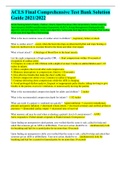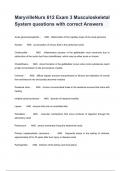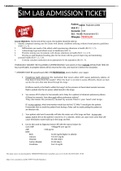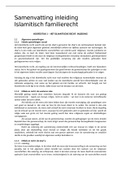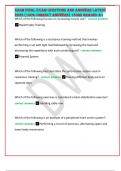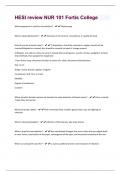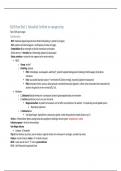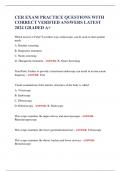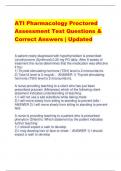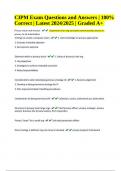Tentamen (uitwerkingen)
ACLS Final Comprehensive Test Bank Solution Guide updated 2023/2024, A+ Solutions
- Vak
- Instelling
- Boek
ACLS Final Comprehensive Test Bank Solution Guide updated 2023/2024, A+ Solutions-BLS & Chocking Relief of Adults, Children, Infants; Opioid Overdose; EKG interpretation; Cardiac anatomy; Team dynamics; BLS/Primary/Secondary Assessment; H's & T's; Airway Management; Bradycardia ACLS Algorithm; ACS ...
[Meer zien]
